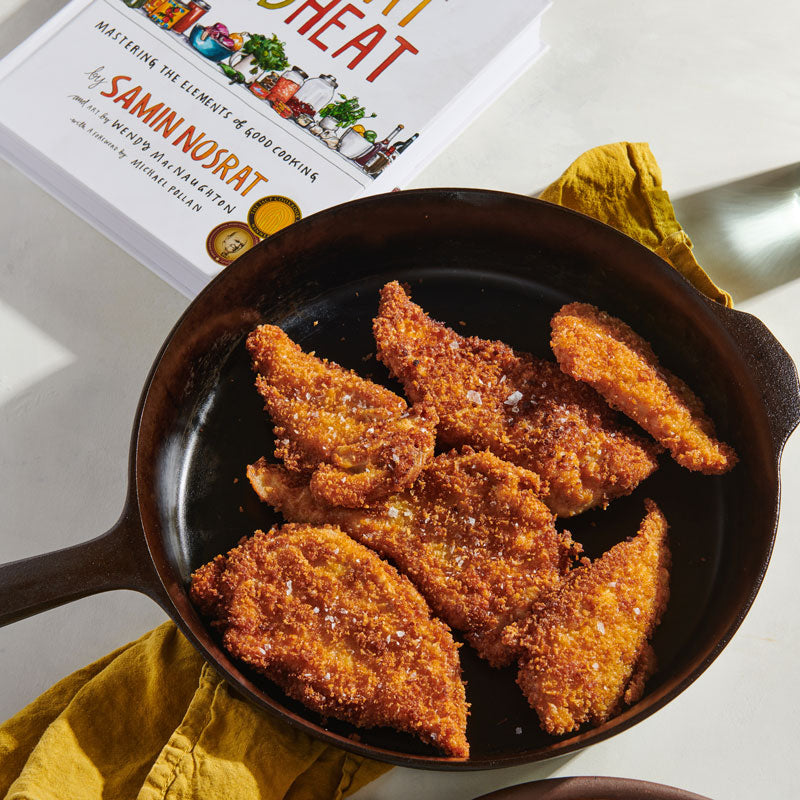How to
The Maillard Reaction and Cast Iron
The Maillard reaction is responsible for browning of your food when cooked at high temperatures, creating hundreds of complex flavor and aromatic compounds. Think of a juicy steak sizzling in a hot pan, the golden crust on freshly baked bread, or even a marshmallow toasted over a fire—that's the Maillard reaction in action!
More precisely, the Maillard reaction is a series of non-enzymatic chemical reactions between amino acids and reducing sugars. The term was coined in 1912 by French chemist Louis-Camille Maillard while studying the development of flavor and color in cooked foods.
How to Achieve the Maillard Reaction with Cast Iron
To get the Maillard reaction going, you need some serious heat—typically above 300°F. That's why cooking with a cast iron pan is such a game-changer. Cast iron's excellent heat retention means you can drop a cold steak into a hot cast iron pan, and the pan will stay hot enough to initiate the reaction and produce a crispy, seared exterior.
A dry surface on your food will also trigger the Maillard reaction by allowing cooking temperatures to quickly rise. It’s why we’re taught to pat our meat dry and salt protein in advance of cooking, giving time for the moisture to be drawn out.
Finally, don't rush it! When you're searing in cast iron, it’s important to allow the surface to undergo this reaction before trying to move, flip, or peek underneath. When a browned exterior crust forms, your food should naturally release from the pan without sticking—like a perfectly fried egg with crispy edges.





